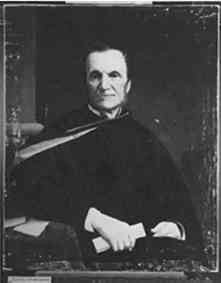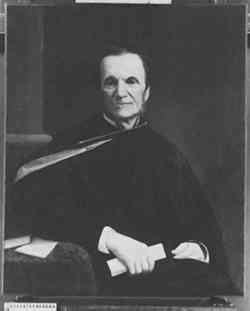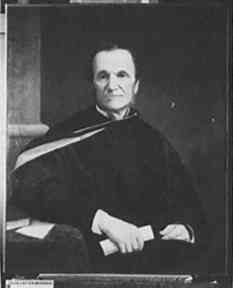USE OF A PRESSURE-SENSITIVE ADHESIVE TO FACILITATE THE TRANSFER OF A SEVERELY TENTED PAINTING
GIANFRANCO POCOBENE, & IAN HODKINSON
11 RESTORATION
Before the painting was attached to a newly constructed pine stretcher, the loose paint chips retrieved from the painting before treatment were reattached with wax-resin using a warm tacking iron. After the painting was attached, a thin, isolating layer of B-72 (10% in xylenes) was sprayed onto the surface. Minor losses were filled with a gesso of calcium carbonate in rabbit skin glue (fig. 7). The losses were inpainted with dry pigments mixed in a medium of B-72 (15% in xylenes). A final spray coating of B-72 was applied to the painting (figs. 8–9).
Fig. 7.
The painting after transfer onto semi-right support. Isolating layer of B–72 and gesso fills applied to losses
 |
Fig. 8.
The painting after treatment, normal light
 |
Fig. 9.
The painting after treatment, raking light
 |
|


